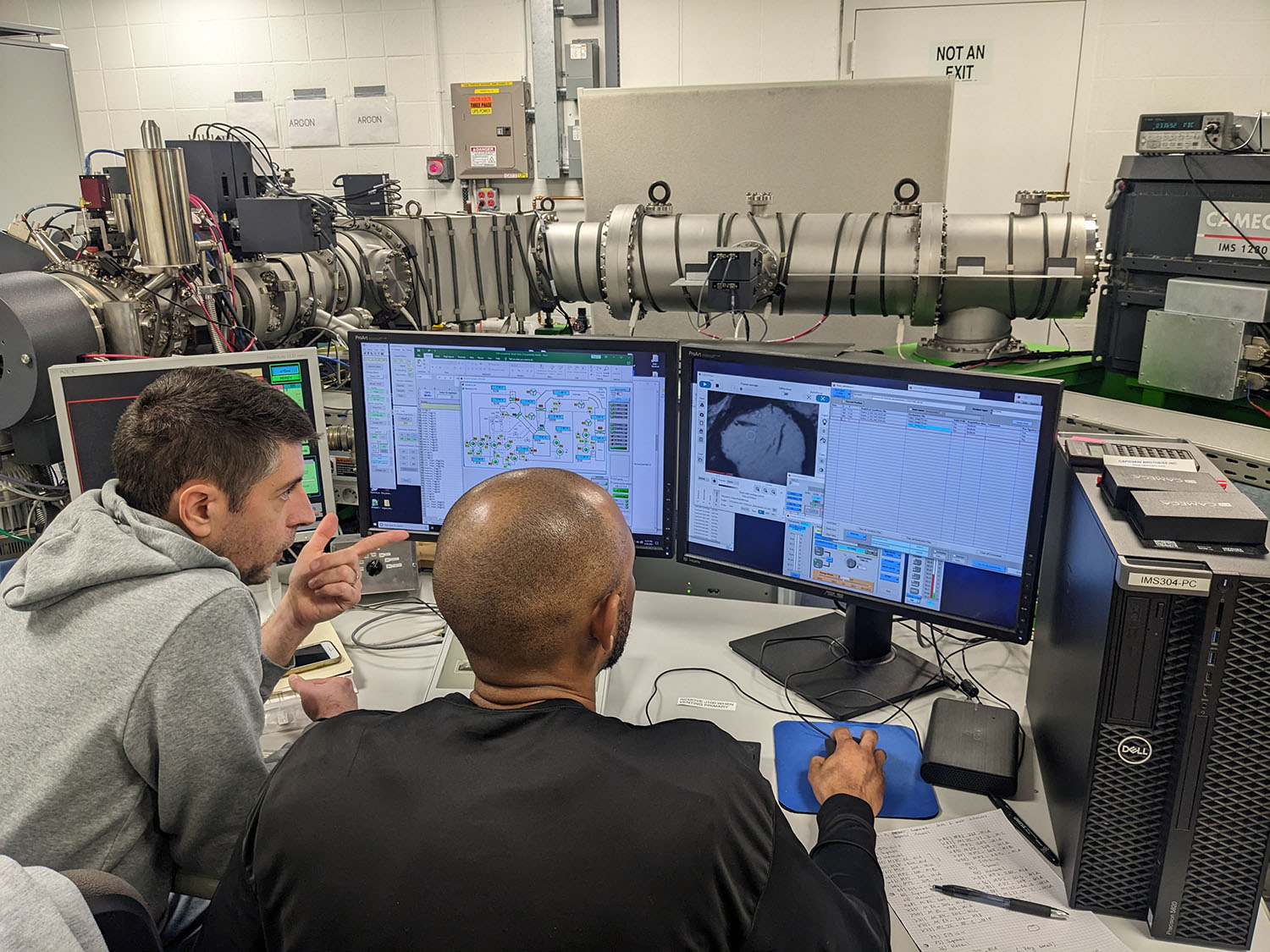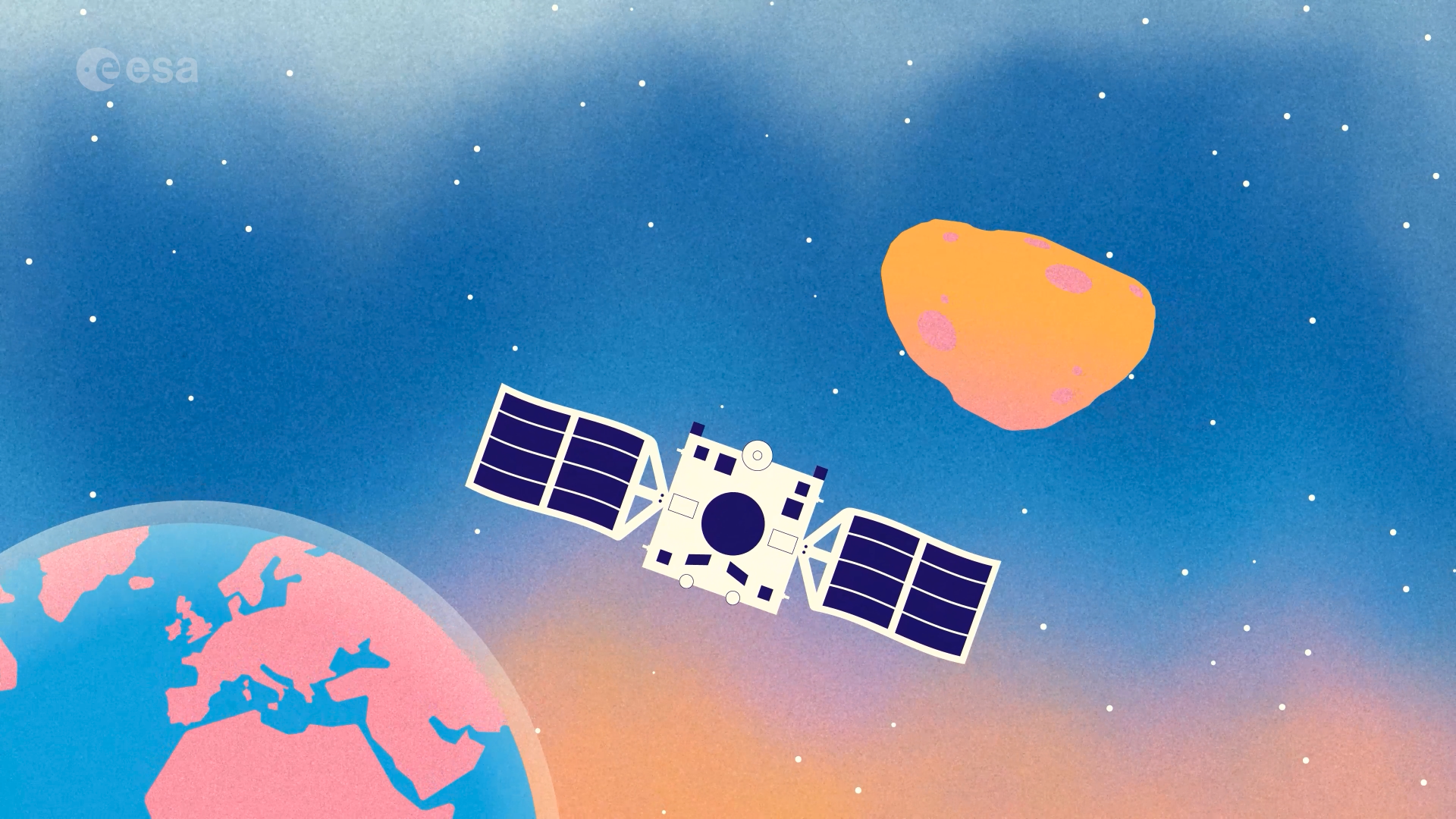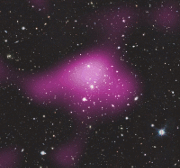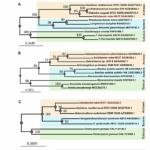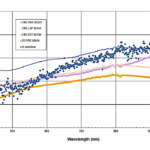Will China beat America in returning astronauts to the moon? We hear this question time and again. It is a perennial concern, both from a prestige and national security standpoint.
Scientists have found that a sample of the moon brought to Earth in 1972 by Apollo 17 astronauts contains a ratio of sulfur isotopes very different to what we see
BRISBANE, Australia – Momentus and Solstar Space announced a three-year agreement Oct. 13 to expand communications, transportation and infrastructure services for government and commercial missions in low-Earth orbit. The reciprocal-services
WASHINGTON — The Japanese space agency JAXA has selected Rocket Lab to launch a set of technology demonstration satellites on Electron rockets after continued delays with a Japanese launch vehicle.
School is officially in session here in the U.S. and abroad, and that also goes for the ambitious class of young starry-eyed candidates making their way in the 32nd century,
Friday the 13th of April 2029 will be our lucky day. Apophis, a 375-metre-wide asteroid, will safely pass Earth at a distance of less than 32 000 kilometres. For a few hours, Apophis will be closer than satellites in geostationary
Applications 13/10/2025 952 views 11 likes Using 11 years of magnetic field measurements from the European Space Agency’s Swarm satellite constellation, scientists have discovered that the weak region in Earth’s
WASHINGTON — SpaceX is set to conduct its next Starship test flight as the company continues to test the launch vehicle and play well with others in airspace. The Flight
SpaceX’s Starship-Super Heavy rocket stands atop the orbital launch mount at Pad A at Starbase, Texas. Image: SpaceX SpaceX is preparing for a notable flight for its Starship program. The
This article was originally published at The Conversation. The publication contributed the article to Space.com’s Expert Voices: Op-Ed & Insights. For more than a century, physics has been built on
-
 012024 in Review: Highlights from NASA in Silicon Valley
012024 in Review: Highlights from NASA in Silicon Valley -
 02Panasonic Leica Summilux DG 15mm f/1.7 ASPH review
02Panasonic Leica Summilux DG 15mm f/1.7 ASPH review -
 03How New NASA, India Earth Satellite NISAR Will See Earth
03How New NASA, India Earth Satellite NISAR Will See Earth -
 04And Thus Begins A New Year For Life On Earth
04And Thus Begins A New Year For Life On Earth -
 05Astronomy Activation Ambassadors: A New Era
05Astronomy Activation Ambassadors: A New Era -
06SpaceX launch surge helps set new global launch record in 2024
-
 07Space Force plans new ‘Futures Command’ amid pressure to speed up modernization
07Space Force plans new ‘Futures Command’ amid pressure to speed up modernization



